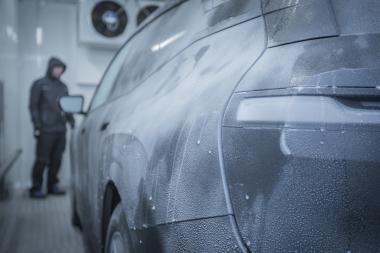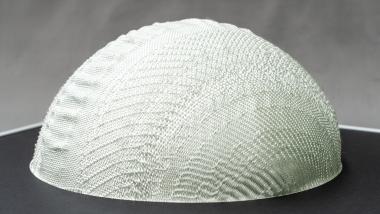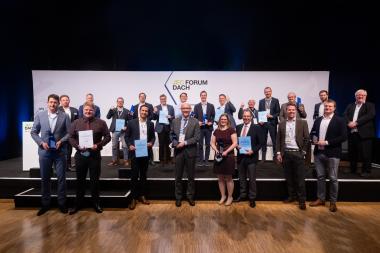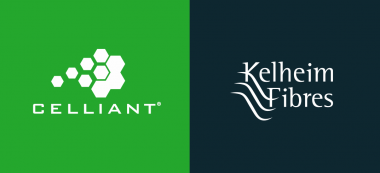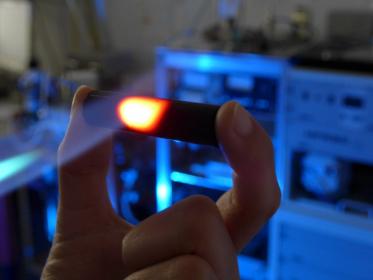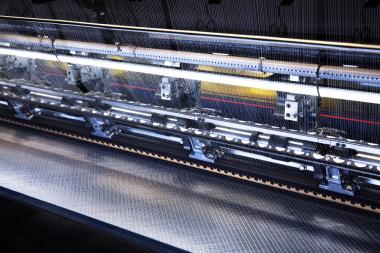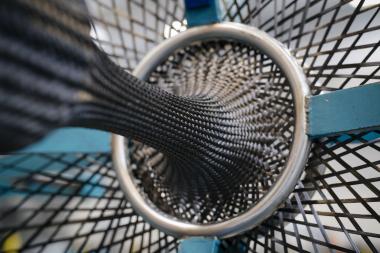Autoneum: Optimized thermal management for electric vehicles thanks to cold chamber
A new cold chamber at its headquarters in Winterthur, Switzerland, enables Autoneum to optimize existing technologies as well as simulation and engineering services in vehicle thermal management and to adapt them to the changing thermal requirements of electric vehicles
The absence of heat from the internal combustion engine in electric vehicles as well as the impact of ambient temperature on the performance and lifetime of lithium-ion batteries are changing the requirements for vehicle thermal management. In addition, the energy from the battery is used not only to power the e-motor but also to thermally manage the battery itself and to warm and cool the car cabin by means of the heating, ventilation and air conditioning system. To increase the thermal comfort of the occupants and at the same time ensure optimum battery performance, save energy and thus increase the car’s range, manufacturers are placing increasing emphasis on efficient overall thermal management of the vehicle.
The chamber enables to test both occupants’ subjective perception of thermal comfort and the performance of components and entire vehicles under controlled temperature conditions of up to minus 20 degrees Celsius. It is thus a valuable addition to the existing testing and bench-marking facilities at the Company’s global research and development centers. The tests conducted in the chamber show how existing insulating components such as under battery shields, carpets and interior trim need to be optimized to further enhance the thermal management of the vehicle battery and cabin. The tests also provide valuable insights regarding the development and optimization of heated surfaces such as floor mats and door trim panels to improve thermal performance and driver comfort of electric vehicles.
Autoneum Management AG


